The Prespa-Ohrid ecoregion is home to a number of globally threatened species, including the largest nesting colony of Dalmatian pelican in the world. © SPP archive l F. Marquez
Spanning the borders of Albania, Greece and the Republic of North Macedonia in the Western Balkans, the Prespa-Ohrid Ecoregion has been identified as one of Europe’s biodiversity hotspots. At the heart of the region are Lake Ohrid and the Prespa Lakes, some of the oldest and largest freshwater bodies in Europe.
The area is one of outstanding natural beauty and incredible biodiversity. It boasts six protected areas and is home to 270 species of birds and 172 species of butterflies. In 2015, the Prespa Ohrid Nature Trust (PONT), a Transboundary Conservation Trust Fund, was established to support conservation in the region and has since become a trailblazer in conservation financing.
We chatted to Mirjam de Koning, Executive Director of PONT to find out more.
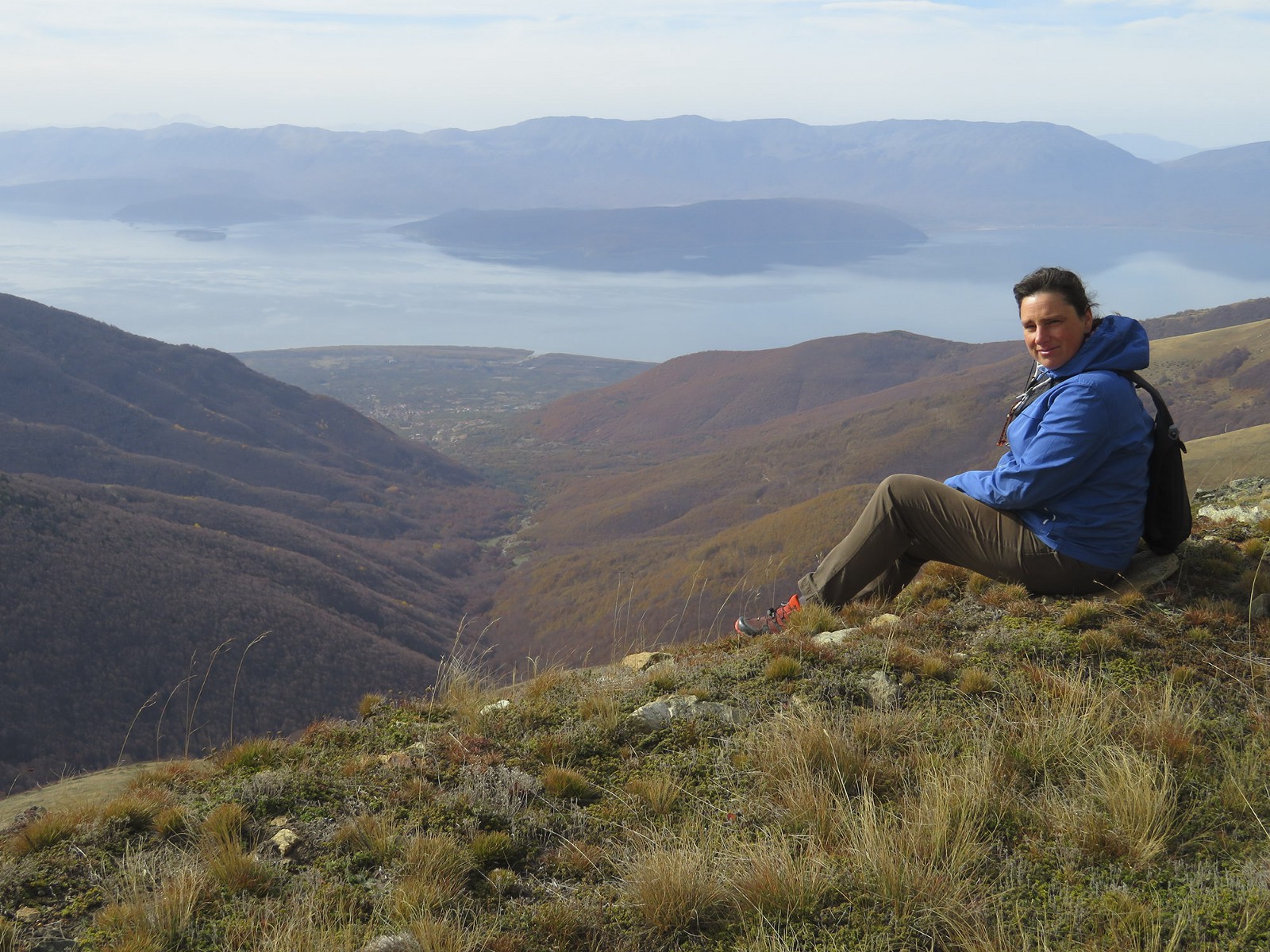
Mirjam de Koning Executive Director PONT. © PONT
WildArk: Describe the Prespa-Ohrid Ecoregion?
Mirjam:Lake Ohrid, shared between the Republic of North Macedonia and Albania, is estimated between 1.5 to 3 million years; it is also one of the most voluminous freshwater bodies in Europe. The long existence of Lake Ohrid allowed the independent development of an extraordinary ecosystem that harbours an outstanding degree of endemic biodiversity. Harbouring more than 300 endemic species, Lake Ohrid is probably by far the most diverse lake in the world taking surface area into account.
Similarly, the Prespa basin (includes the Greater Prespa Lake (shared between the three countries) and Lesser Prespa Lake (shared between Greece and Albania)) are home to many endemic species of diatoms (major group of algae), invertebrates and fish. The terrestrial ecosystems in the Prespa-Ohrid region also harbour rich and important biodiversity, including many endemic plant and animal species.
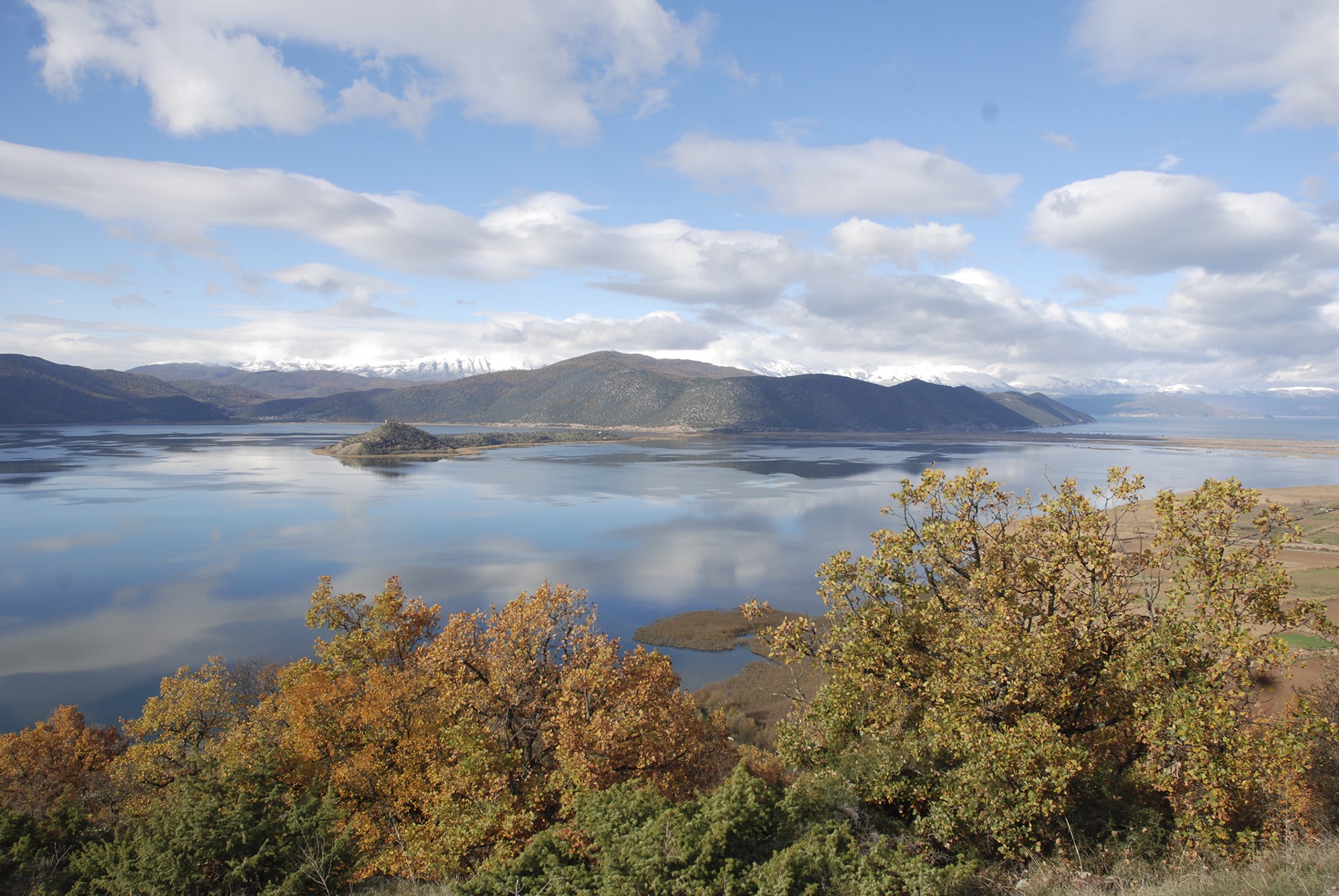
View of Lesser Prespa Lake shared between Greece and Albania. © SPP archive l L. Nikolaou
WildArk: What is the significance of this region from an ecological point of view?
Mirjam:It is home to some 400 freshwater and terrestrial endemic species found nowhere else on the Planet. The region is home to a number of globally threatened species, including the largest nesting colony of the Dalmatian pelican in the world, accounting for about one fifth of the global population of this species. A very high number of Palaearctic water birds regularly winter at the lakes in the region, rendering them as internationally important wetlands.
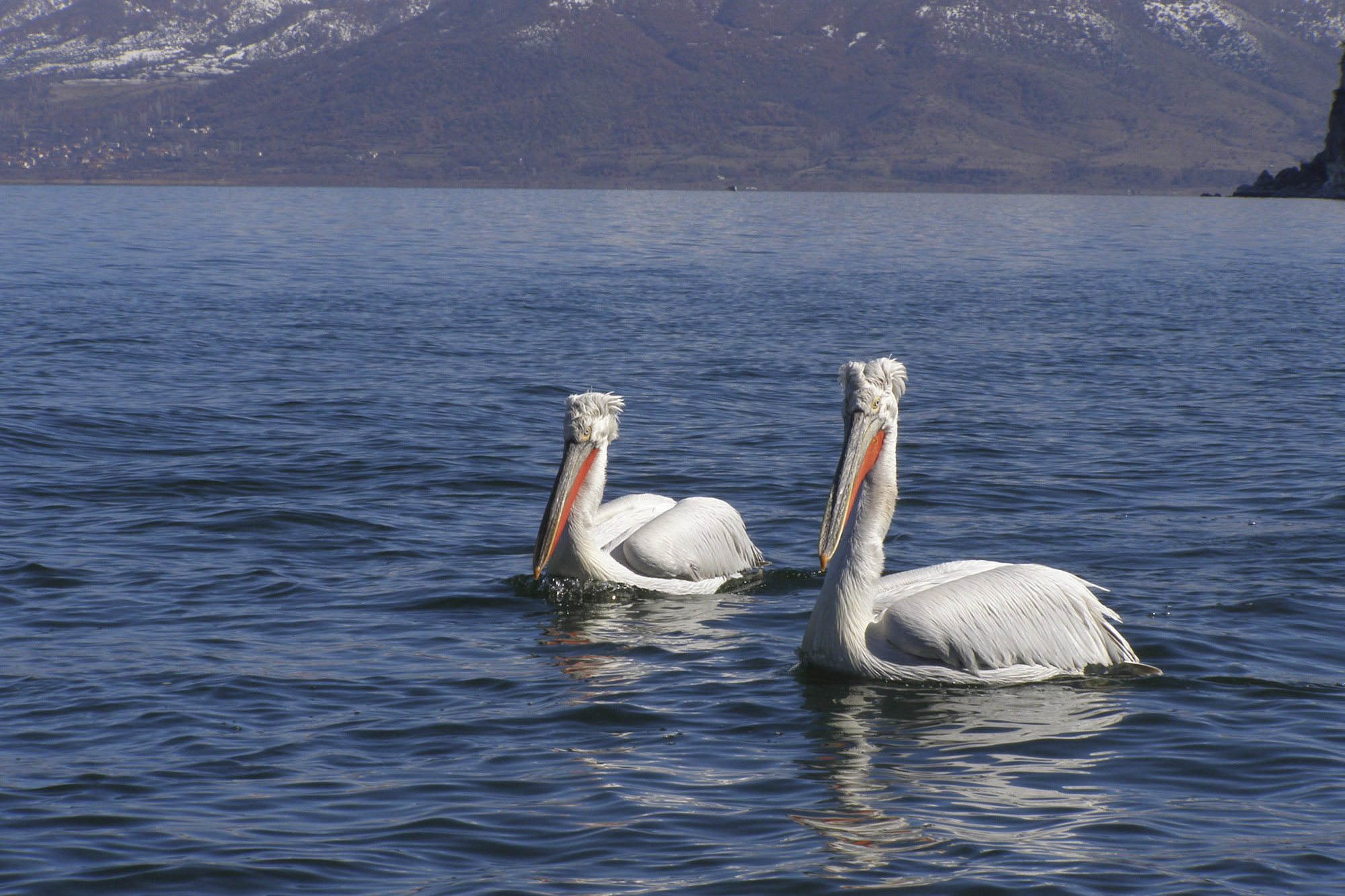
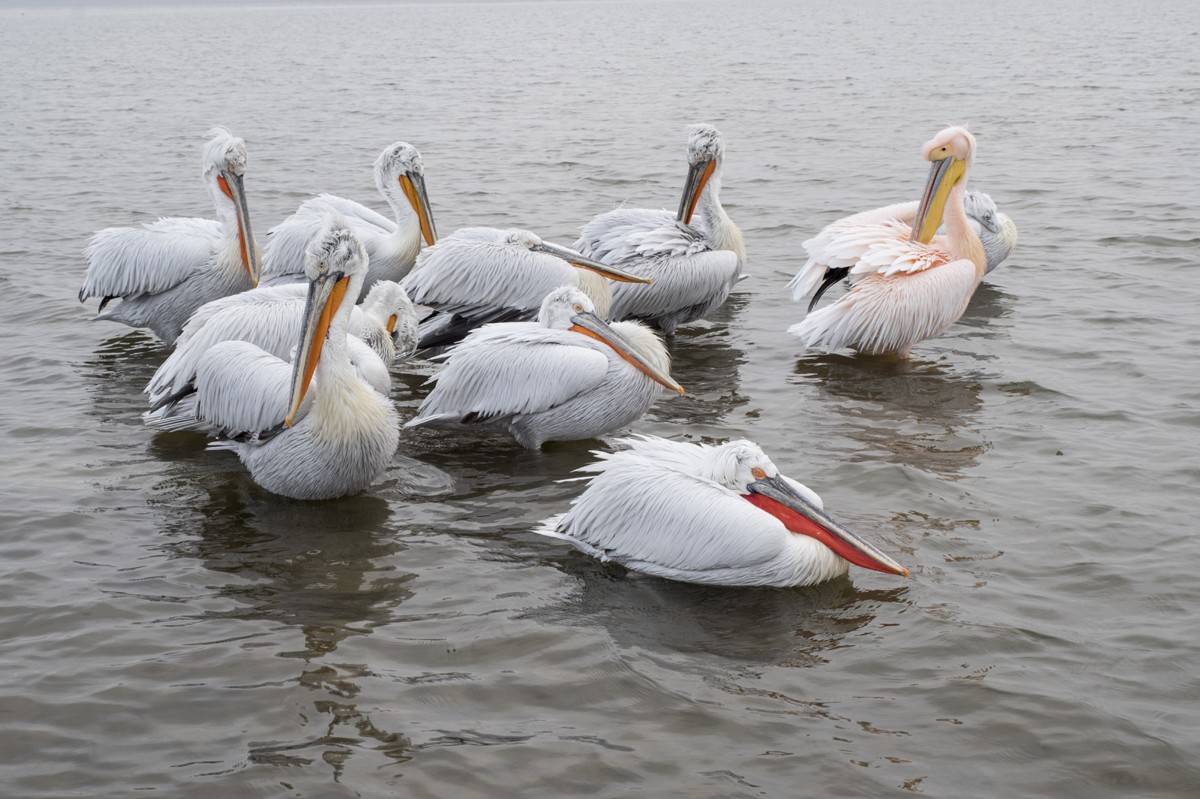
PONT is working to ensure the Dalmatian Pelicans will maintain favourable conservation status. (Left © SPP archive l F.Marquez and Right © SPP archive l L. Nikolaou).
WildArk: What does it mean to the communities who live here?
Mirjam:Prespa has been inhabited for millennia and is shared between the three countries. The area is inhabited by an ethnically diverse mix of people and is socio-economically characterised by high unemployment rates, poor local economic conditions, and a lack of basic infrastructure. It is a rural area, dominated by agriculture as a means of income generation.
WildArk: Co-operation between stakeholders is crucial to the conservation of this area — how has PONT established this and why is this relationship important?
Mirjam: Due to the lack of formal functioning transboundary institutions the cooperation between the three main conservation NGOs was formed: The PrespaNet NGO network consists of three non-governmental organisations: the Macedonian Ecological Society (MES), the Protection and Preservation of Natural Environment in Albania (PPNEA) and the Society for the Protection of Prespa in Greece (SPP). The network was formed in 2013 and the three partners work together to protect the natural and cultural heritage of the transboundary Prespa lakes basin for the sustainable benefit of both people and wildlife, now and in the future.
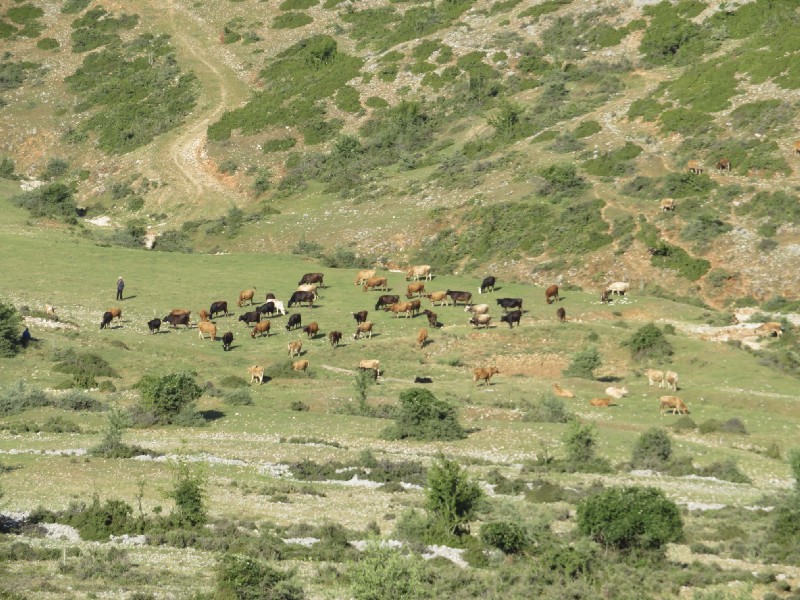
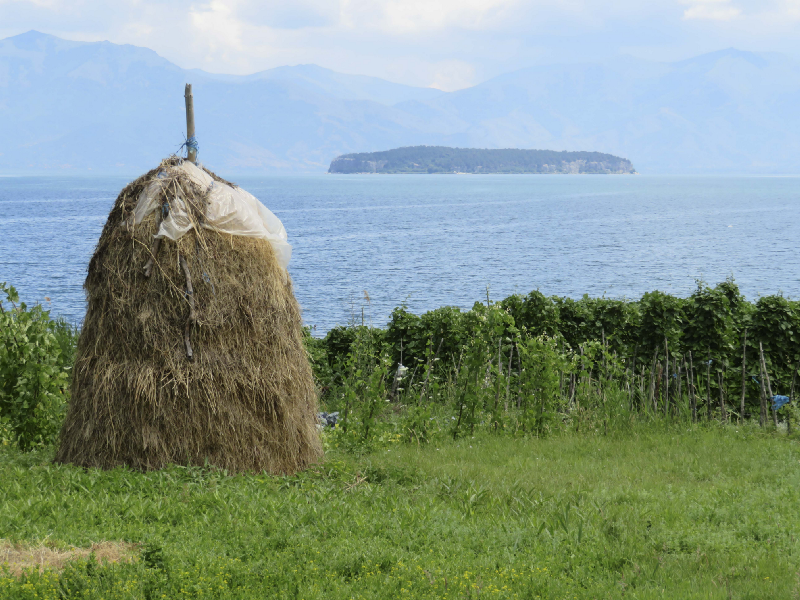
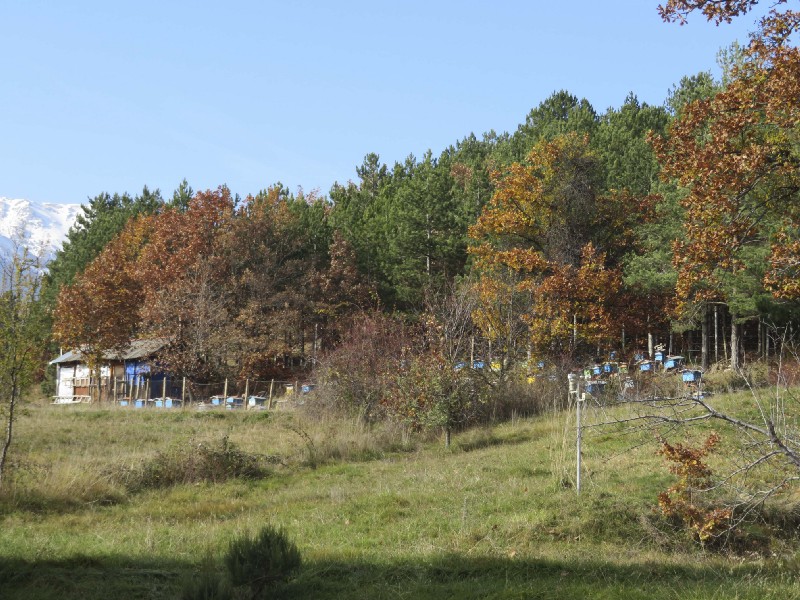
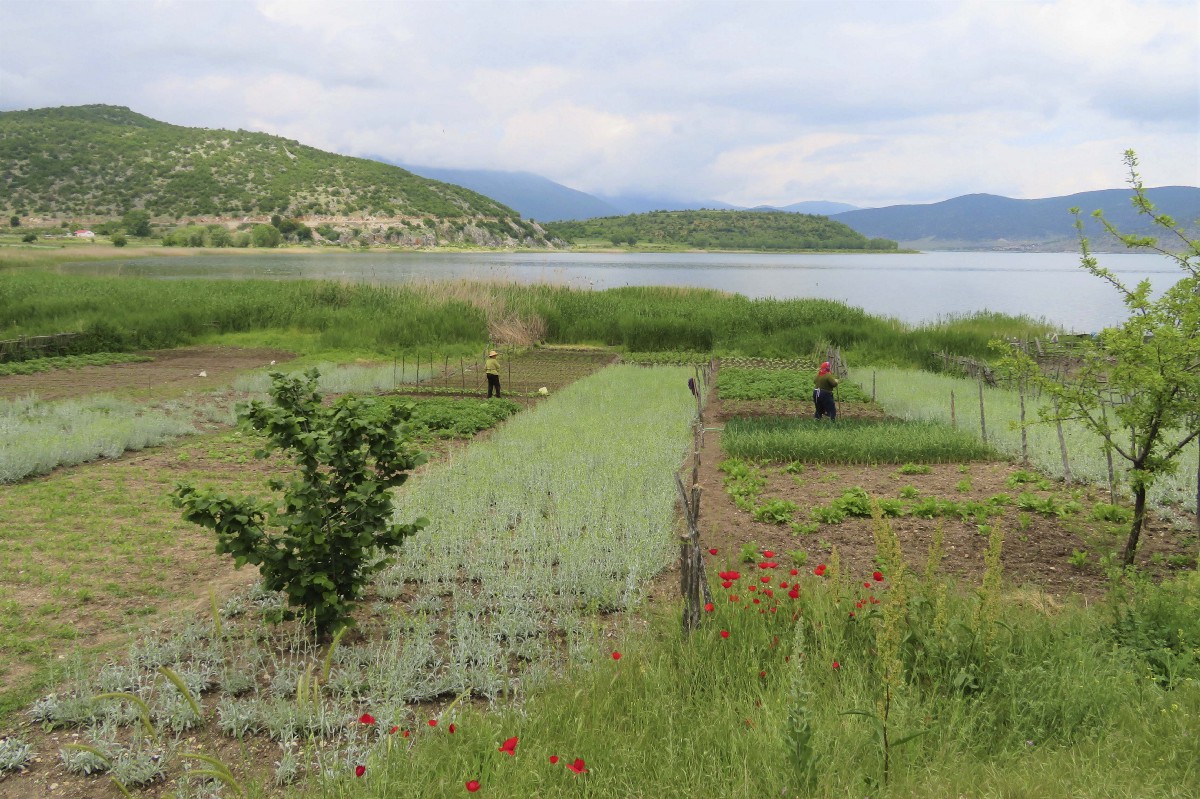
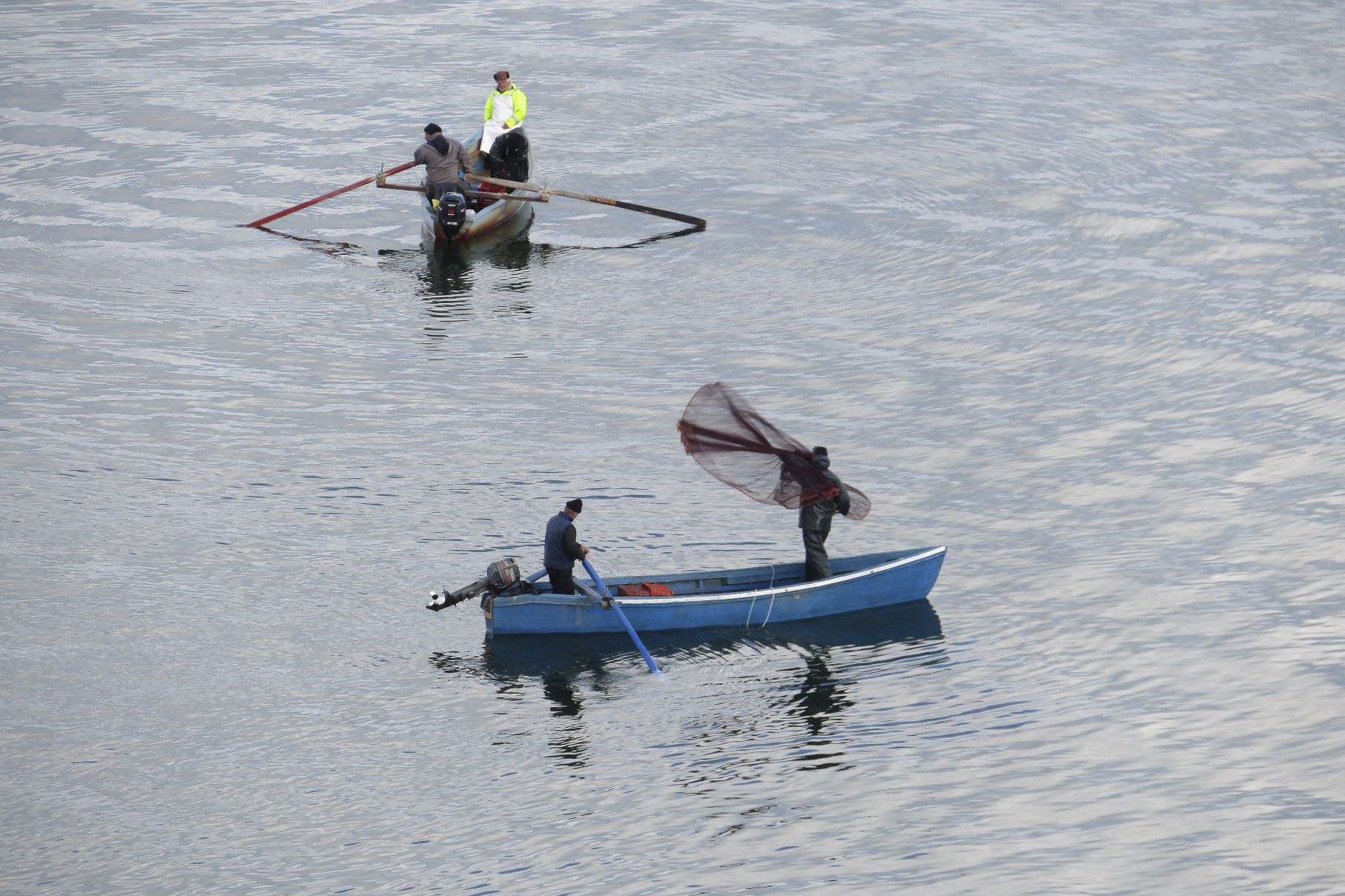
(Top Left) Local shepherd in Albania. (Top Centre) Prespa Lake, Albania. (Top Right) Beekeeping, Albania. All images © PONT
(Bottom Left) Agriculture, Albania. (Bottom Right) Fishing, Greece. All Images © PONT
WildArk: How does PONT operate?
Mirjam: PONT’s funding is long-term and designed to ensure the sustainable management of the Prespa Ohrid region. The model emphasizes long-term commitment, transparency, accountability and collaboration, and these traits are reflected in our five-year strategy.
PONT enables protected areas in the Wider Prespa Area to develop and implement their management plans to conserve the environment through sustainable co-financing of operational costs.
WildArk: What are the benefits?
Mirjam: The benefits for our grantees are long-term stable and reliable co-financing enabling the protected area management authorities and environmental actors to focus on their standard operations and priority conservation actions instead of having to follow an ad hoc project driven approach. As a result PONT wants to have “Capable organisations working in cooperation with their partners, to effectively manage and wisely use the protected areas nested in a wider resilient landscape for the benefit of nature and people”.
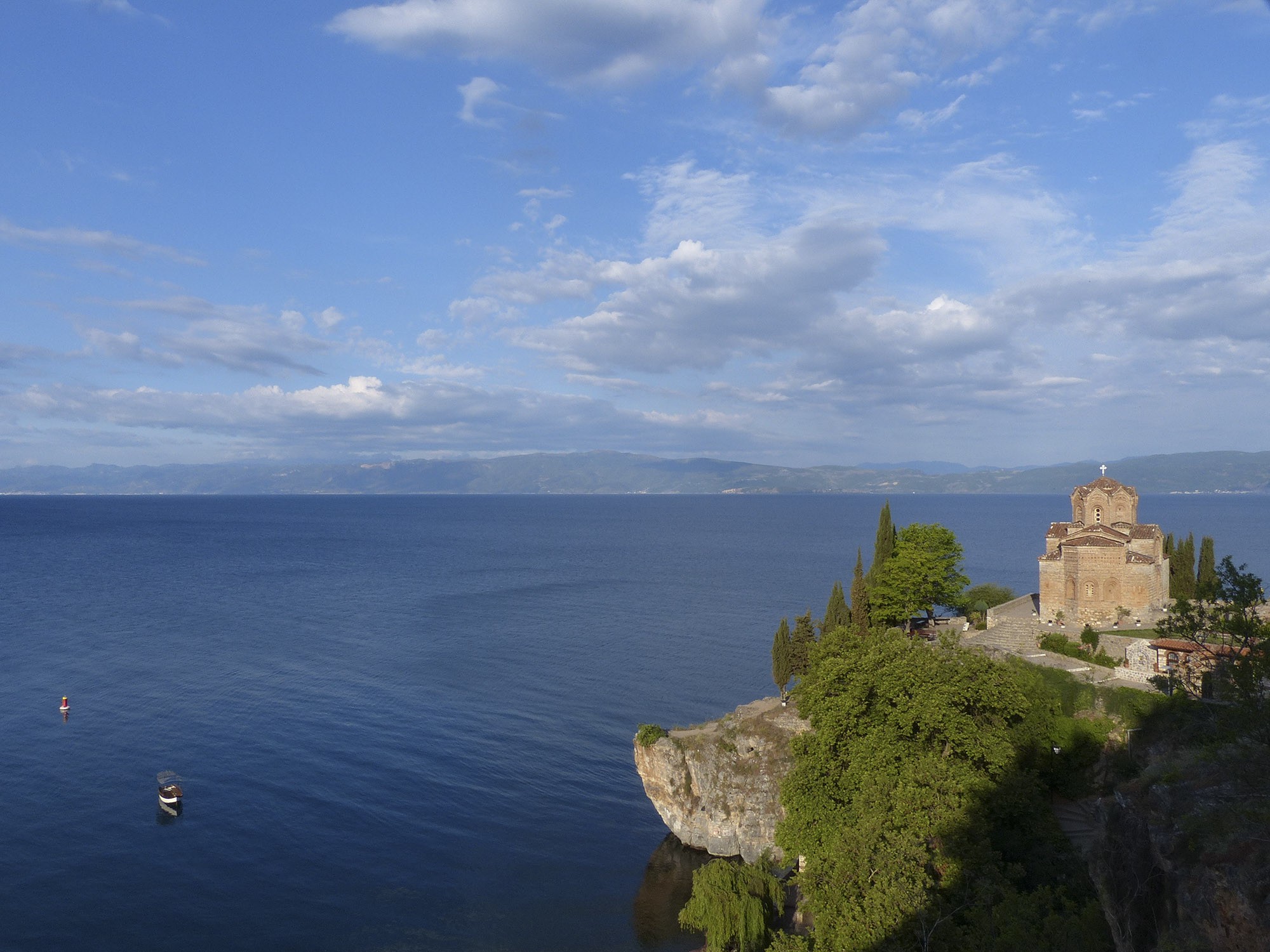
WildArk: What are some of your most important conservation objectives?
Mirjam: Sustainable Protected Area management (including lake, wetlands, rivers), forest management and practices; Sustainable use of Protected Areas (including recreation/tourism, traditional grazing, non-timber forest products (NTFPs)); Conservation of priority species — waterbirds, fish, large carnivores, bats, wild plants and Conservation of landscape and priority habitats — wetlands, grasslands, caves.
WildArk: What are some of the challenges faced by this region and how are you tackling them?
Mirjam: The building of a more resilient Protected Area management system relying less on short-term external funding is urgently needed.
With regard to the Environmental Actor grant programme there is a limited amount of local NGOs or research institutes adhering to the current PONT criteria and having enough capacity to receive and manage grants in Prespa. This challenge will be addressed by not only focussing on conservation-related NGOs but also trying to explore other options and possible partnerships related to improved management, governance, sustainable use of natural resources, conservation education, and tourism.
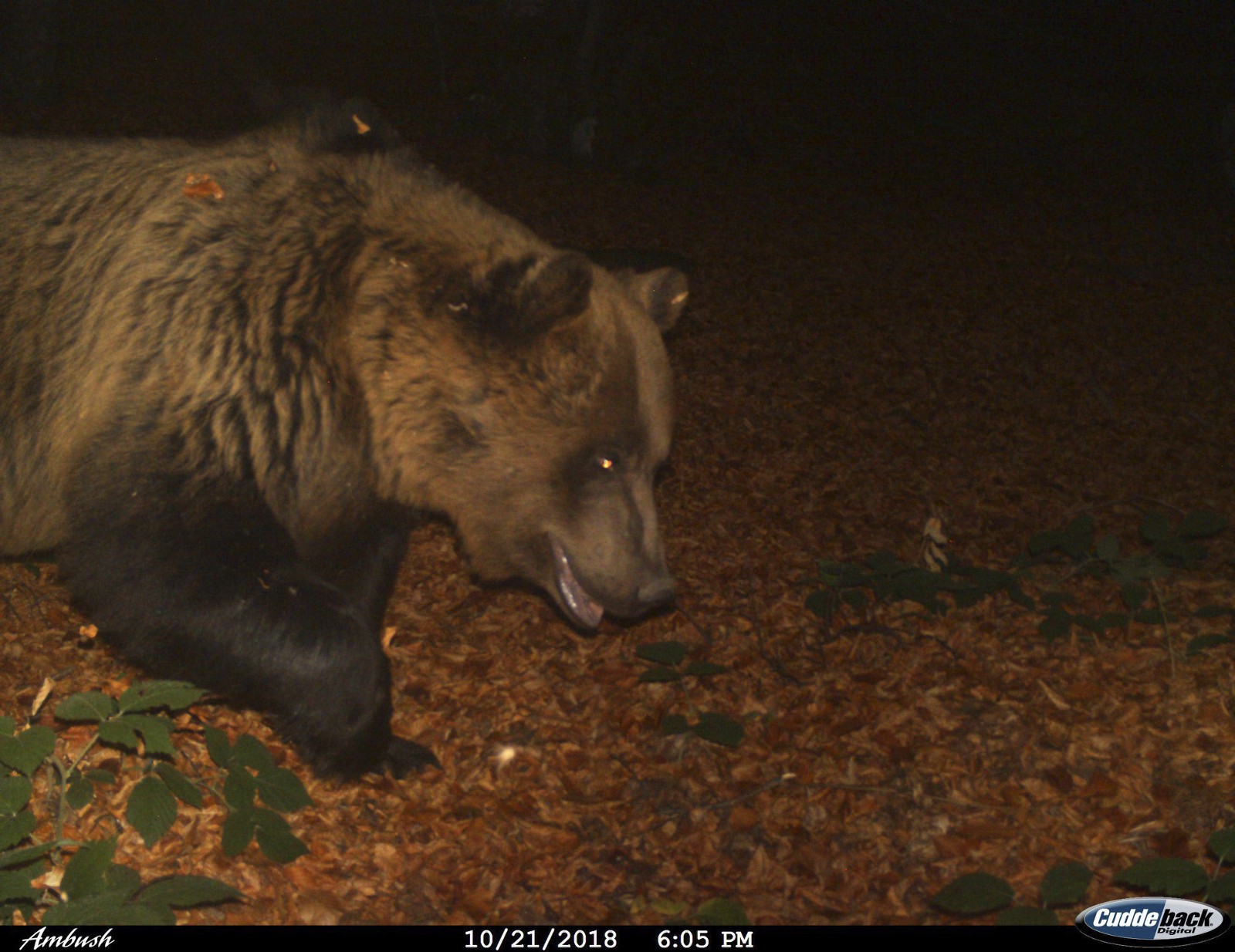
Large brown bear captured by camera trap in Pelister National Park in the Republic of North Macedonia. © MES
WildArk: What does sustainable development mean to you?
Mirjam: As a social scientist I truly believe in programmes run by the stakeholders themselves instead of a project driven approach. People must get the time needed to learn by doing and allowing for mistakes to be made. Ownership should remain with the local stakeholders and the speed of implementation of activities must be adapted to their capacities and needs. Protected areas and environmental actors need long term stable core financing with more modest annual amounts.
WildArk: How does PONT promote transboundary cooperation?
Mirjam: PONT supports transboundary conservation and cooperation through the grants of the PrespaNet partners and protected area management authorities. This is not easy due to a culture of limited communication and cooperation between some Protected Areas and NGOs. This challenge is addressed via the five-year strategy developed in close cooperation with PrespaNet partners and in consultation with protected area management authorities and other stakeholders.
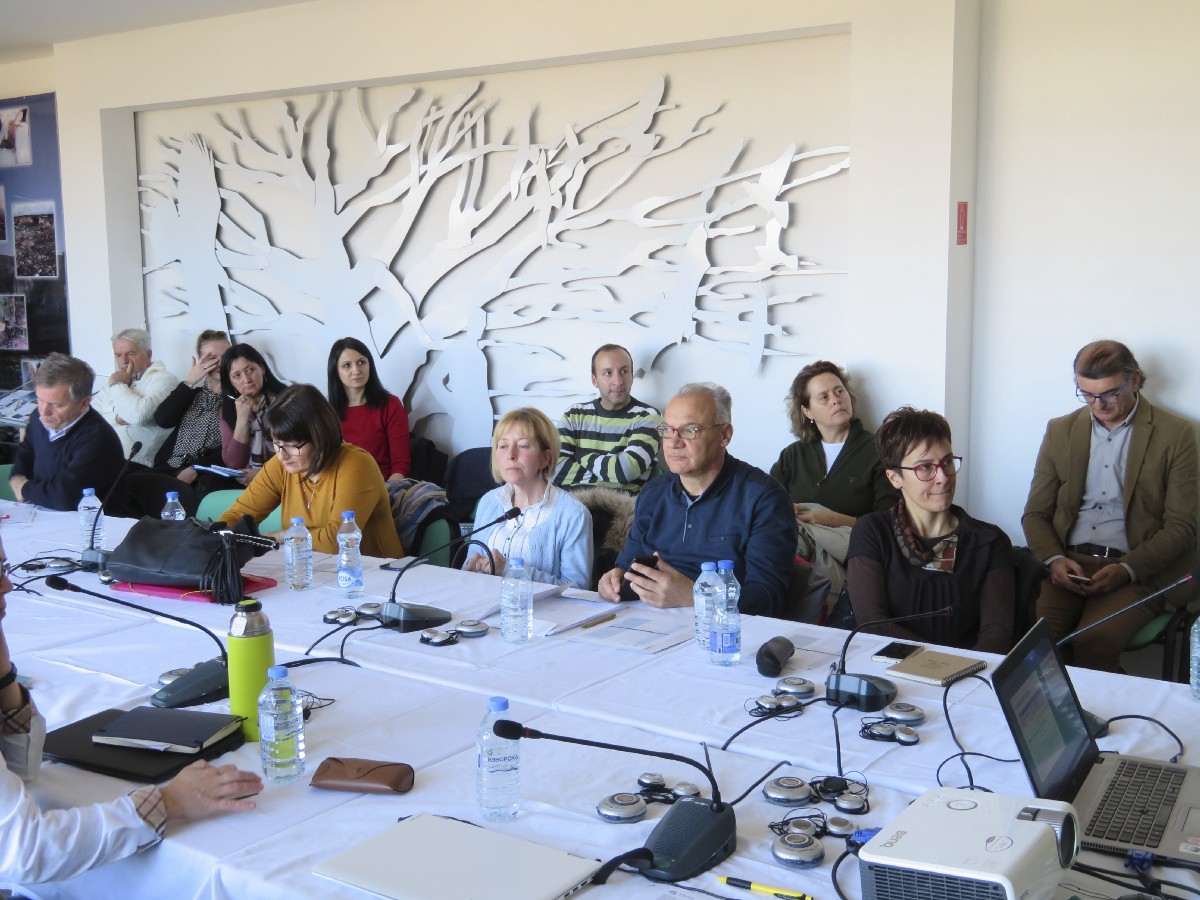
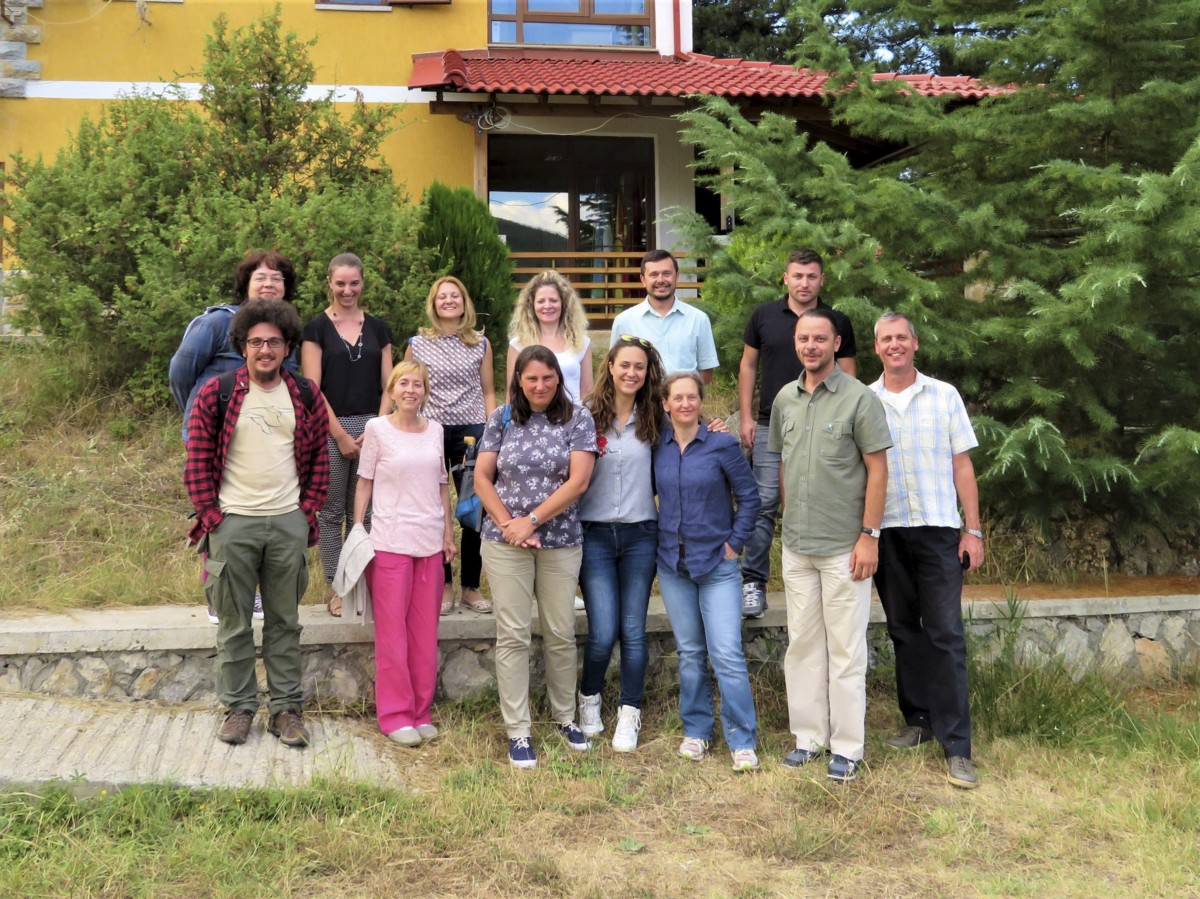
Transboundary workshop (left) and PrespaNet team (right). © PONT
WildArk: What have been some of the standout conservation success?
Mirjam: Dalmatian pelican numbers, nesting attempts, breeding success and population dynamics in the Greek part of Lesser Prespa Lake have been monitored since 1983 and the SPP has since promoted a series of management measures that helped the Dalmatian Pelican colony in Prespa gradually reach the current numbers (1150−1530 pairs in the period 2008−2012), an increase by 900% since the 1980s, making it the largest colony in the world. The conservation measures have also helped the great white pelican population increase by some 500% in the same period.
To support PONT in its efforts please consider making a donating.
